 Contributed by Sarbani Rath
Contributed by Sarbani Rath
Ekākṣarādi Mantra
Tārkṣa
सनकाद्या मुनयो हनूमन्तं पप्रच्छुः।
आञ्जनेय महाबल तारकब्रह्मणो रामचन्द्रस्य
मन्त्रग्रामं नो ब्रूहीति।
sanakādyā munayo hanūmantaṁ papracchuḥ |
āñjaneya mahābala tārakabrahmaṇo rāmacandrasya
mantragrāmaṁ no brūhīti |
Translation: The saints headed by Sanaka again asked Hanūman: “Son of Āñjani of greatest strength, please speak the collection of Mantras for Tāraka-Brahmaṇa Rāmachandra.
हनूमान्होवाच।
वह्निस्थं शयनं विष्णोरर्धचन्द्रविभूषितम्।
एकाक्षरो मनुः प्रोक्तो मन्त्रराजः सुरद्रुमः॥ १॥
hanūmānhovāca |
vahnisthaṁ śayanaṁ viṣṇorardhacandravibhūṣitam |
ekākṣaro manuḥ prokto mantrarājaḥ suradrumaḥ || 1||
 Translation: fire (ra), śayana viṣṇu (ā) ardhacandra (ṁ) or rāṁ (राँ) is the one syllable mantra said by the wise to be the king among mantras of the kalpavṛkṣa.
Translation: fire (ra), śayana viṣṇu (ā) ardhacandra (ṁ) or rāṁ (राँ) is the one syllable mantra said by the wise to be the king among mantras of the kalpavṛkṣa.
Commentary: Based on the principles of Haṁsa and Bīja of Dattātreya Upaniṣad (Rath, 2007), the Bīja of the name Rāma is rāṁ (रां).The śloka suggests the mantra to be this. However if the word Viṣṇu, which symbolises the sound ‘u’, was to be interpreted in isolation, it could be understood to add ‘u’ after ‘ā’, i.e. ‘au’, thus making the mantra rauṁ. However the word śayana itself is a reference to Vāsudeva as he reclines on Ananta, and thus the sound ā which is the Vāsudeva Bīja. This would make the mantra rāṁ. This also tallies with the interpretation of the sentence śayana viṣṇu as given in Bṛhat Tantra Sara, śūlinīmantra, śloka 49.
ब्रह्मा मुनिः स्याद्गायत्रं छन्दो रामस्य देवता।
दीर्घार्धेन्दुयुजाङ्गानि कुर्याद्वह्न्यात्मनो मनोः॥ २॥
brahmā muniḥ syādgāyatraṁ chando rāmasya devatā |
dīrghārdhenduyujāṅgāni kuryādvahnyātmano manoḥ || 2||
Translation: The Ṛṣi of the mantra is Brahmā, its chaṇḍa is Gayatri, Rāma is the Devatā. The nyāsa is performed with the six long vowels (ā, ī, ū, ai, au, aṁ) ending with the crescent moon (ँ) added to the sound of fire (ra).
Commentary: The six nyāsa bījas are: rāṁ (राँ), rīṁ(रीँ), rūṁ (रूँ), raiṁ (रैँ) rauṁ (रौँ) and raṁ (रँ). These are usually preceeded by the Viniyoga and ṛṣyadi Nyāsa.
Table 1: Kāra Nyāsa
om rāṁ añguṣṭābhyāṁ namaḥ
om rīṁ tarjanībhyāṁ svāhā
om rūṁ madhyamābhyāṁ vaṣaṭ
om raiṁ anāmikābhyāṁ huṁ
om rauṁ kaṇiṣṭhikābhyāṁ vauṣaṭ
om raṁ karatalakarapṛṣṭhābhyāṁ phaṭ
Table 2: Aṇga Nyāsa
| om rāṁ hṛdayāya namaḥ |
| om rīṁ śirase svāhā |
| om rūṁ śikhāyai vaṣaṭ |
| om raiṁ kavacāya huṁ |
| om rauṁ netrayāya vauṣaṭ |
| om raṁ astrāya phaṭ |
बीजशक्त्यादि बीजेन इष्टार्थे विनियोजयेत्।
bījaśaktyādi bījena iṣṭārthe viniyojayet |
Translation: the Bīja and śakti is the bīja itself (rāṁ). iṣṭārthe is the viniyoga.
Commentary: The word iṣṭārthe can be literally translated as wealth (artha) of the auspiciousness (iṣṭa). The word iṣṭa is also be a direct reference to the iṣṭadevatā which is the means to attain mokṣa for every living soul. Possibly it was this mantra that Hanuman recited to worship Rāma, as he understood Rāma to be his Iṣṭadevatā.
सरयूतीरमन्दारवेदिकापञ्कजासने॥ ३॥
श्यामं विरासनासीनं ज्ञानमुद्रोपशोभितम्।
वामोरुन्यस्ततद्धस्तं सीतालक्ष्मणसंयुतम्॥ ४॥
अवेक्षमाणमात्मानमात्मन्यमिततेजसम्।
शुद्धस्फटिकसंकाशं केवलं मोक्षकाङ्क्षया॥ ५॥
चिन्तयन्परमात्मानं भानुलक्षं जपेन्मनुम्।
sarayūtīramandāravedikāpañkajāsane || 3||
śyāmaṁ virāsanāsīnaṁ jñānamudropaśobhitam |
vāmorunyastataddhastaṁ sītālakṣmaṇasaṁyutam || 4||
avekṣamāṇamātmānamātmanyamitatejasam |
śuddhasphaṭikasaṁkāśaṁ kevalaṁ mokṣakāṅkṣayā || 5||
Translation: Seated on an elevated lotus at the banks of the river Sarayū; being of dark complexion in the virāsana posture; he holds the jñana mudra which adornes him; his left hand is placed on his thigh as Sītā and Lakṣmaṇa are at his side; he appears as the soul for those souls who look towards him and who shines with boundless brilliance; resembling pure crystal he is the single [refuge] of those desiring emancipation;
cintayanparamātmānaṁ bhānulakṣaṁ japenmanum |
Translation: reflecting in this way on the Paramātma, the mantra is to be performed as Jāpa12 lakh times (1,200,000).
वह्निर्नारायणो नाड्यो जाठरः केवलोऽपि च॥ ६॥
द्व्यक्षरो मन्त्रराजोऽयं सर्वाभीष्टप्रदस्ततः।
एकाक्षरोक्तमृष्यादि स्यादाद्येन षडङ्गकम्॥ ७॥
vahnirnārāyaṇo nāḍyo jāṭharaḥ kevalo’pi ca || 6||
dvyakṣaro mantrarājo’yaṁ sarvābhīṣṭapradastataḥ |
ekākṣaroktamṛṣyādi syādādyena ṣaḍaṅgakam || 7||
Translation: Fire (ra) nārāyaṇa (ā) nāḍhya (ँ) and the digestive fire (a) or rāma (राम). This two syllable king among mantras fulfils all desires.
The Ṛṣi, nyāsa, etc is as per the first mantra (rāṁ).
तारमायारमानङ्गवाक्स्वबीजैश्च षड्विधः
त्र्यक्षरो मन्त्रराजः स्यात्सर्वाभीष्टफलप्रदः॥ ८॥
tāramāyāramānaṅgavāksvabījaiśca ṣaḍvidhaḥ
tryakṣaro mantrarājaḥ syātsarvābhīṣṭaphalapradaḥ || 8||
Translation: tāra (om), māyā (hrīṁ) ramā (śrīṁ), anaṅga (klīṁ), vāk (aiṁ), svabīja (rāṁ) suffixed to himself (rāma) make six types of mantra. The three syllable mantra thus formed is a king among mantras and give the fruits that fulfil ones desires.
Commentary: The six mantras are:
- om rāma | (ॐ राम।)
- hrīṁ rāma | (ह्रीं राम।)
- śrīṁ rāma | (श्रीं राम।)
- klīṁ rāma | (क्लीं राम।)
- aiṁ rāma | (ऐं राम।)
- rāṁ rāma | (रां राम।)
The word sarvābhīṣṭaphalaprada which describes the effects of the mantra could be a reference to the viniyoga for this mantra, however this is overrided by the statement under the śloka nine below.
द्व्यक्षरश्चन्द्रभद्रान्तो द्विविधश्चतुरक्षरः।
dvyakṣaraścandrabhadrānto dvividhaścaturakṣaraḥ |
Translation: The two syllable mantra (rāma) ending with chandra (rāmachandra) or bhadra (rāmabhadra) make two types of four syllable mantras.
Commentary: The two mantras are:
- rāmachandra| (रामचन्द्र।)
- rāmabhadra| (रामभद्र।)
ऋष्यादि पूर्ववज्ज्ञेयमेतयोश्च विचक्षणैः॥ ९॥
ṛṣyādi pūrvavajjñeyametayośca vicakṣaṇaiḥ || 9||
Translation: The Ṛṣi, etc. are as previously indicated by those well versed in the subject.
Commentary: This śloka applies to the two, three and four syllables mantras. It implies that the entire procedure of viniyoga, nyāsa and dhyāna are as per the initial monosyllable mantra given earlier. We must also infer that the number of recitations for japa must also be 1,200,000 recitations.
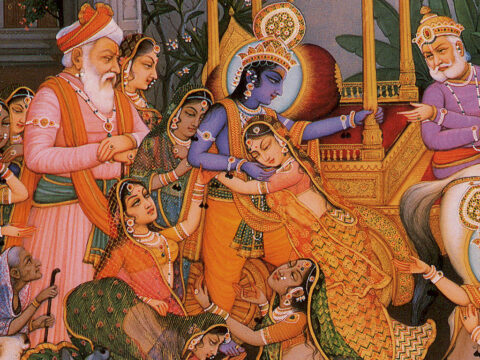
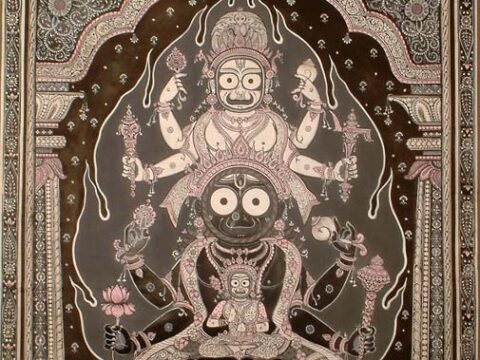
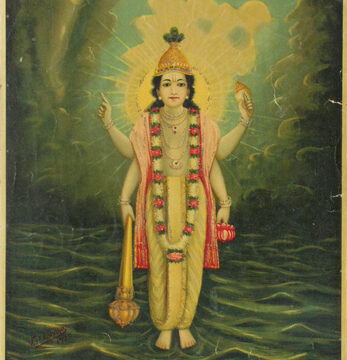

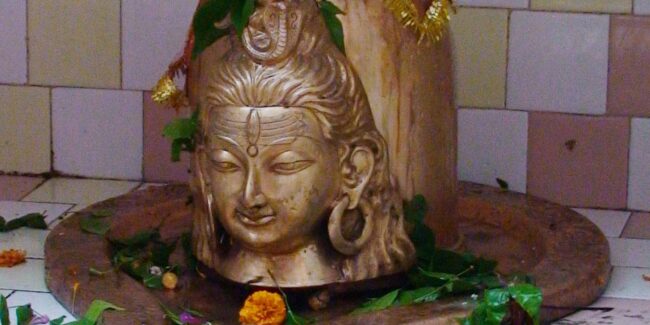
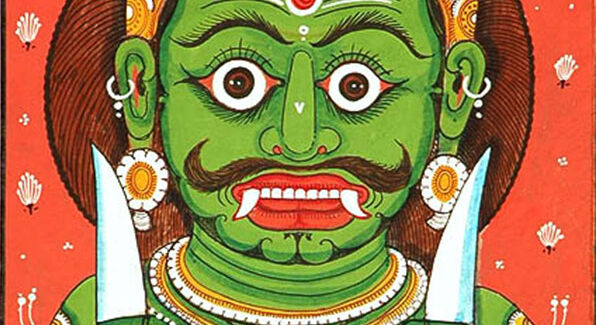
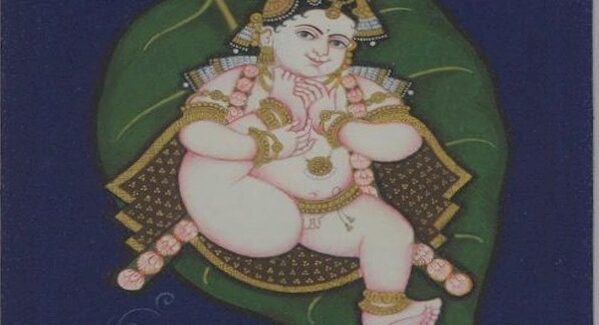
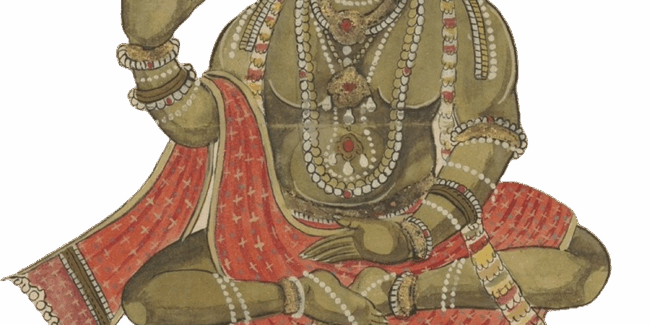
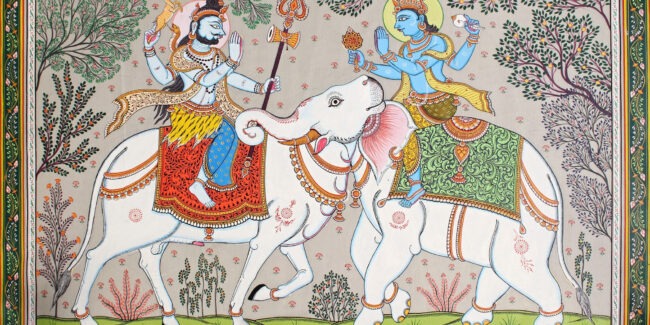
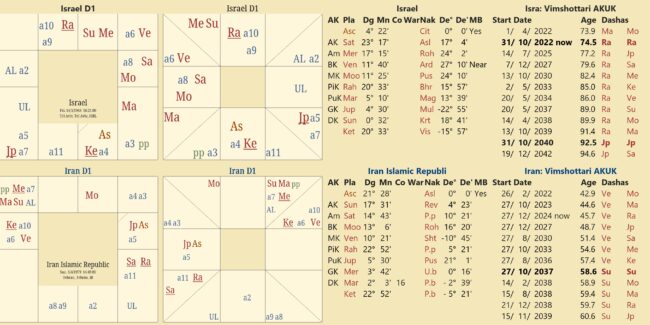

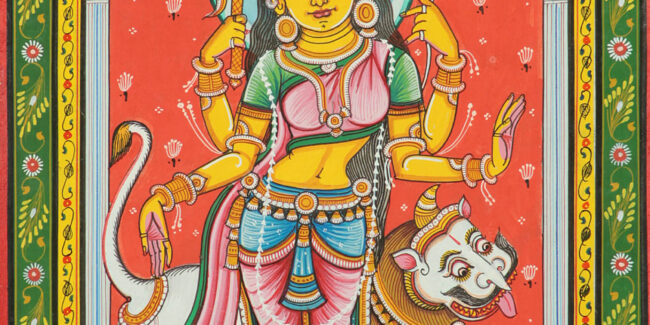
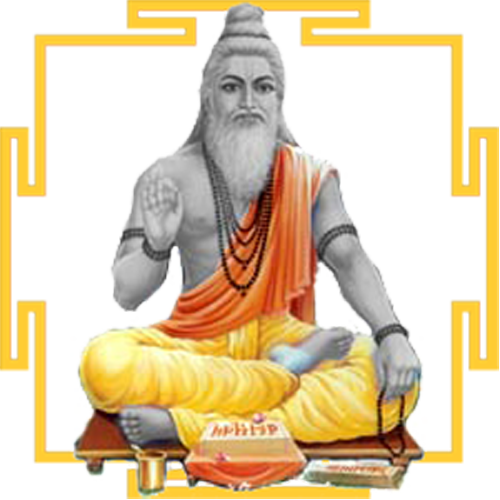 DBC offers online courses in jyotish (Vedic Astrology) taught directly by Sanjay Rath as per the tradition, through narrated power points and other audio tools. The courses are at different levels, from the beginners through the intermediate to the advanced and are known as SoHamsa | DBC courses, with individual classrooms and assistant teachers
DBC offers online courses in jyotish (Vedic Astrology) taught directly by Sanjay Rath as per the tradition, through narrated power points and other audio tools. The courses are at different levels, from the beginners through the intermediate to the advanced and are known as SoHamsa | DBC courses, with individual classrooms and assistant teachers
 Sagittarius Publications is the publisher and distributor the popular quaterly magazine the Jyotish Digest, as well as many thorough books on the subject of Vedic Astrology or Jyotish.
Sagittarius Publications is the publisher and distributor the popular quaterly magazine the Jyotish Digest, as well as many thorough books on the subject of Vedic Astrology or Jyotish.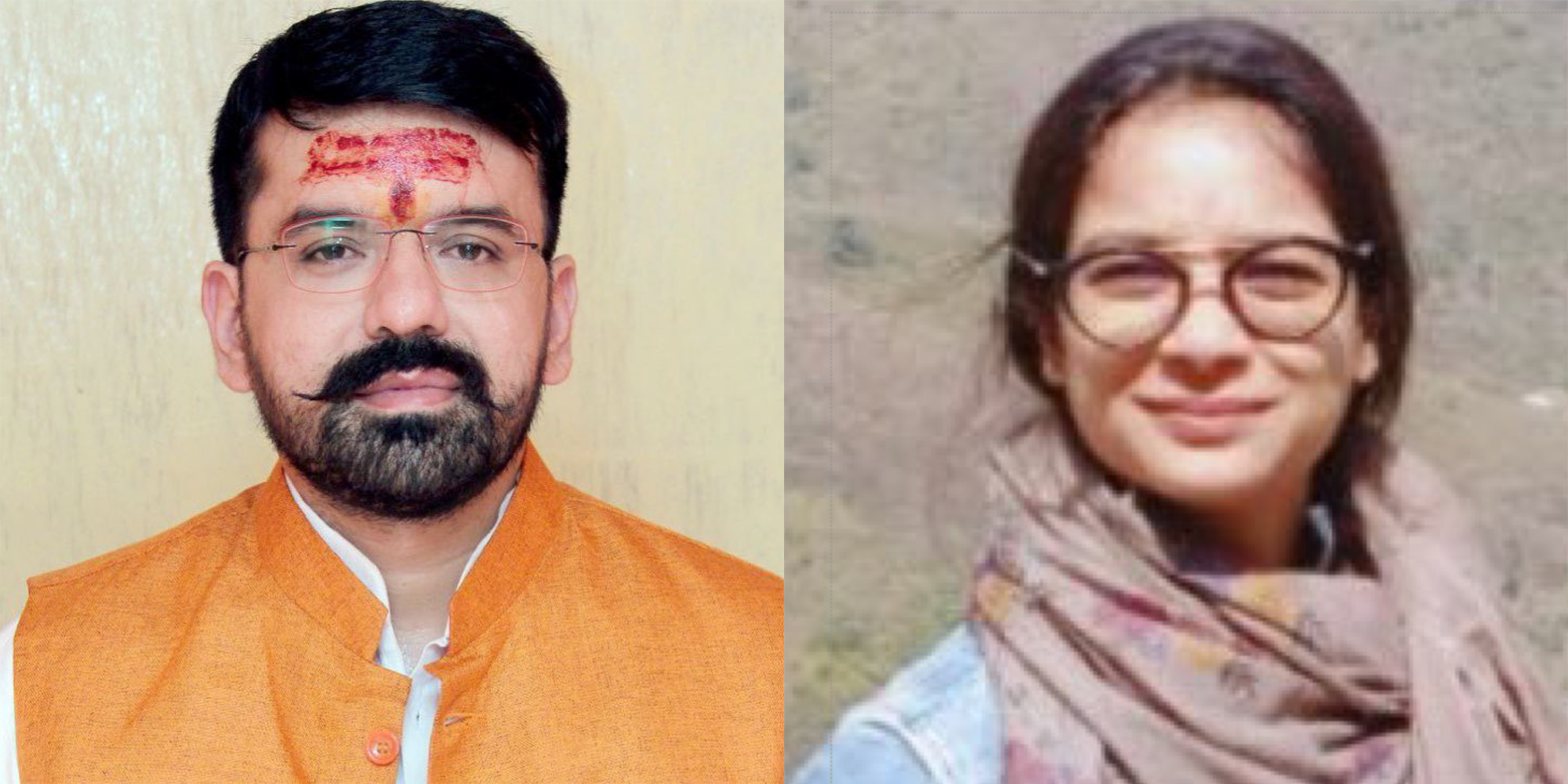 We have an excellent pandit Divākar ‘Deva’ Mishra, who is from the priests of Vindhyāvāsini Siddha Pīṭha to guide you through the hundreds of temples of Kāśi [Varanasi] and neighbouring regions. He can organise your pūjā, keep you safe and take care. He is supported by an English-speaking well-travelled spouse ‘Supriya Mishra’. Please contact them directly for any services, remedial pūjā and tours. They handled the 60+ member Kāśi Jyotiṣa Group 2022.
We have an excellent pandit Divākar ‘Deva’ Mishra, who is from the priests of Vindhyāvāsini Siddha Pīṭha to guide you through the hundreds of temples of Kāśi [Varanasi] and neighbouring regions. He can organise your pūjā, keep you safe and take care. He is supported by an English-speaking well-travelled spouse ‘Supriya Mishra’. Please contact them directly for any services, remedial pūjā and tours. They handled the 60+ member Kāśi Jyotiṣa Group 2022.